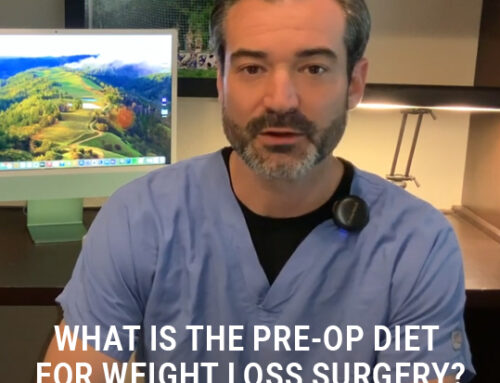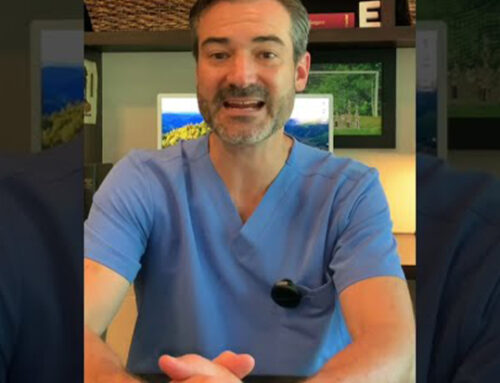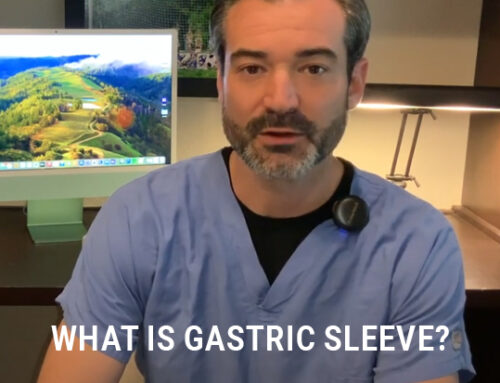What is Gastric Bypass?
In this video, Dr. Erik Lough explains gastric bypass surgery, a weight loss procedure that involves creating a small gastric pouch and rerouting food into the small intestine. This reduces food intake, limits nutrient absorption, and helps control hunger and metabolism. Dr. Lough also discusses how the surgery can improve conditions like diabetes and acid reflux, leading to significant weight loss and health improvements.
TRANSCRIPT
Hi welcome to today’s video I’m Dr. Erik Lough a general surgeon in Capital Surgeons Group & Southwest Bariatric Surgeons. I specialize in hiatal hernia, gastro-esophageal reflux, and weight loss surgery. I answer common questions patients ask me about general surgery and weight loss surgery. In today’s video I answer the question what is gastric bypass?
Gastric bypass is the most common name for a roux-en-y gastric bypass. One of the original weight loss surgeries, it has been around for over 50 years and has been refined to the laparoscopic approach back in the early 1990s. Today it has been further refined to the way I perform it which is robotic gastric bypass. I already made a video about what is gastric sleeve and I’ll explain today how gastric bypass is different from gastric sleeve.
Once a patient is asleep under general anesthesia, I make several small incisions on the abdomen. I put my camera through one incision and my working instruments through the other incisions. I use a surgical stapler to make a gastric pouch out of the upper part of the stomach. This also separates the gastric pouch from the larger remaining part of the stomach. Unlike the gastric sleeve where the food exits from the natural exit of the stomach, the gastric pouch does not have an exit so I have to give it an exit. I bring up the intestine to the gastric pouch, and sew a new connection with needle and suture. Food comes into the gastric pouch and then leaves through the new connection directly into the intestine. The food will no longer pass through the larger, remaining part of the stomach, in other words bypassing it. But this part is still alive and will continue making digestive juices. These juices have to go somewhere as well as the bile from the liver and enzymes from the pancreas, so I make a second connection back to the intestine further downstream letting the juices mix once again with the food from above. Digestion of food proceeds onward from here as usual.
When you eat, food comes into the small gastric pouch, you feel full with a very small amount of food but you also feel satisfied by that small amount reducing your total intake. Because the food is not mixing with the juices until later, it won’t be digested and absorbed as well, so you will also lose weight because of reduce absorption. Also the hormones that make you feel hungry that were produced in that other part of the stomach are no longer activated due to it being bypassed, so your metabolism is improved by increased fullness and decreased hunger. Also because that part of the stomach is being bypassed, hormones change, and metabolic problems like diabetes can resolve almost immediately. Like seriously within a week or two after surgery. If a patient is morbidly obese and has been battling diabetes, then the bypass is a way better option than a sleeve because a bypass will get rid of both your weight and your diabetes. Bypass is also way better for stopping acid reflux than a sleeve.
Surgery takes about 2 hours and I send many patient home the same day. My average patient starts out with a BMI in the 50s and over the course of a year loses weight to a BMI in the high 20s to low 30s. So what is gastric bypass? It is a laparoscopic or robotic weight loss surgery that reduces how much a person can eat and absorb of what they do eat, creating lifelong significant weight loss and metabolism improvement.




